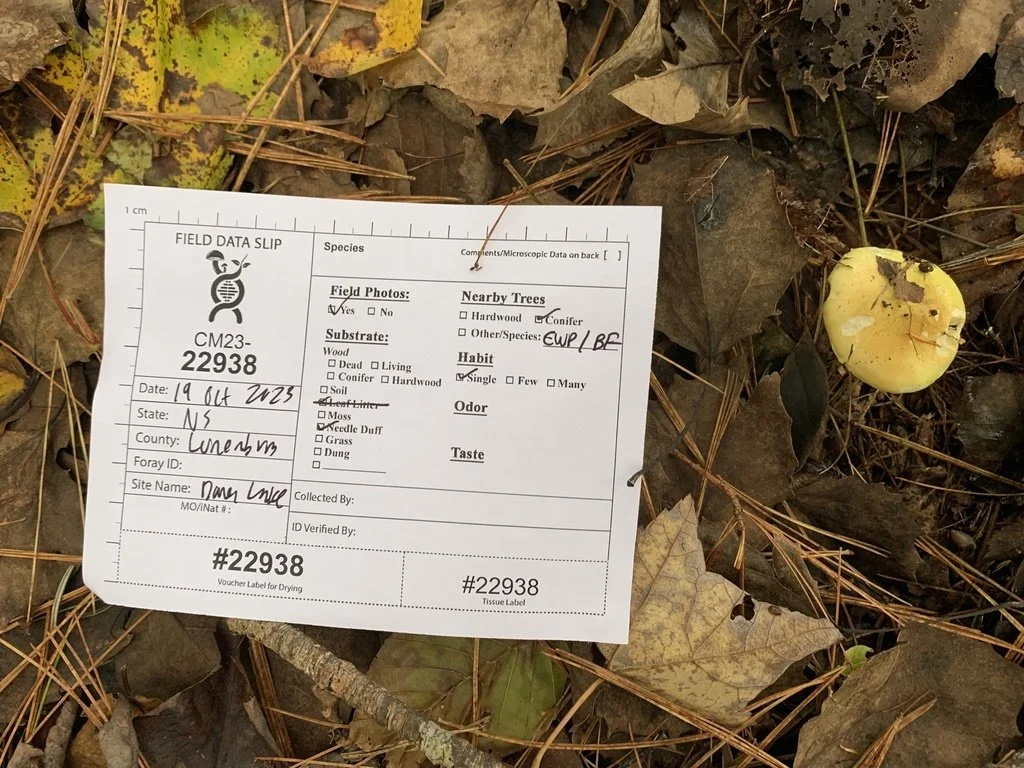The Nova Scotia Mushroom Atlas is a project that is under development modelled on the PEI Mushroom Atlas (Mushrooms of PEI Mushroom Atlas). The Atlas divides the province of NS into 10km x 10km blocks and tabulates iNaturalist mushroom observations for each block. By simply clicking on a block you get a list of all mushroom observations in that 10km x 10km area.
How to Participate
If you haven’t already done so, start by creating an account on iNaturalist (A Community for Naturalists · iNaturalist)
Install the mobile iNaturalist app on your mobile phone (Apple Store or Google Play) and log in to your account
make sure that the iNaturalist app has access to your camera so that you can take pictures from within the app
make sure location services are active so that the app can access GPS coordinates from your photos
you are now set to start adding observations using your mobile phone - take a few minutes to familiarize yourself with the iNaturalist app and interface
take photos of your mushroom and upload the observation to iNaturalist:
When you make a collection, take phoros from several perspectives: Top, Side, Bottom, and a Cross-section can be helpful.
Mycota Lab will do free DNA barcoding of Atlantic Canada specimens as part of the MycoMap AC Network (The MycoMap AC Network – Mycota Lab)
feel free to peruse the website and join the network if your wish (not mandatory)
you can also download voucher slips that can be printed to provide you with a unique voucher number for each specimen, and a place to record field data (see example below)
Mushroom with Voucher slip
Photographing the mushroom with the voucher slip makes it easy to match specimen with photo. The voucher number can be easily clipped from the label and placed with the specimen on the dryer to keep track of dried specimens.
Preparing a dried specimen to send for DNA barcoding
food dryers are the gold standard for preparing a dried specimen - if you have one, dry the mushroom at low to medium heat
if you don’t have a food dryer, the specimen can be air-dried in a warm location, or even a sunny window sill for small specimens. Larger specimens may need to be sliced in half to speed the drying process. The objective is to dry the specimen as quickly as possible but not at too high a temperature, as that can damage the DNA
The final step is to send your dried specimen(s) to Professor Allison Walker, Acadia University
Once your specimen(s) are cracker dry, pop them in a sandwich-size Ziplock bag with the voucher slip and mail to:
Dr. Allison Walker
Acadia University
Department of Biology
33 Westwood Avenue
Wolfville, Nova Scotia
B4P 2R6Dried specimens will be shipped to Mycota Lab for DNA barcoding. When a DNA barcode is completed (may take several months) it will be added to the observation on iNaturalist along with an updated ID

